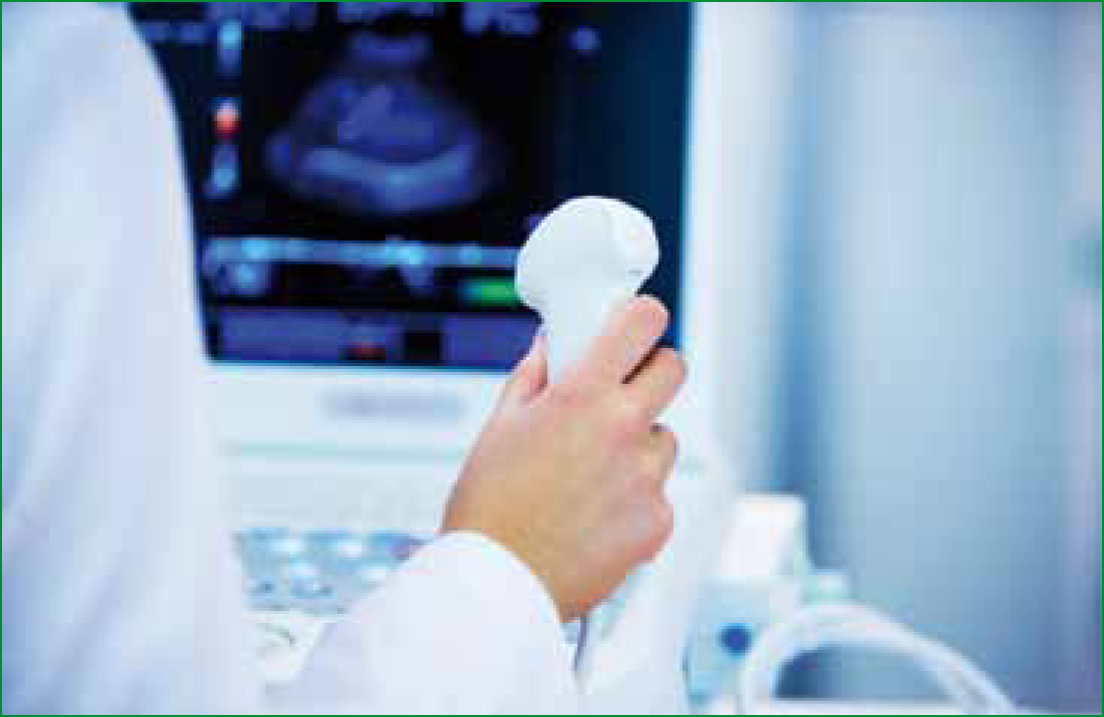In recent years, there has been increased interest in ultrasound and its potential for use in prehospital settings. This study's main aim was to compare ultrasound examinations undertaken in an ambulance—stationary as well as moving—with ultrasounds that were performed in a simulated emergency department (ED).
The researchers wanted to determine whether it is feasible to use ultrasound accurately and effectively in prehospital settings.
Participants included two consultant emergency physicians and two sonographers who were all experienced in undertaking ultrasounds in EDs. All four participants performed ultrasound examinations in a stationary ambulance, a moving ambulance (travelling at various speeds and in different directions), and a simulated ED.
Two different emergency ultrasound examinations were undertaken: abdominal assessment looking for abdominal aortic aneurysym (AAA), and extended focused assessment with sonography for trauma (eFAST).
Two healthy volunteers, similar in stature to minimize differences in procedure due to variable body size and shape, were recruited to act as patients.
The ultrasound images that were captured by the participants were independently assessed by a clinical academic sonographer who rated and scored all images as: unsatisfactory (0); satisfactory (1); indeterminate (2).
In total, 36 eFAST scans and 36 AAA scans were included in the analysis. Overall, no significant difference in the quality of the ultrasound images was found between the participants (P=0.53) or between the different settings (P=0.42).
The mean times to complete both eFAST and AAA in the moving ambulance were greater than in the other two environments but, using a ‘repeated measures regression model’, there were no statistically significant differences in scan times either between the different environments or between patients.
The authors identified that the scans in the moving ambulance were undertaken before the other scans, and it is possible that participants were unfamiliar with the equipment and, indeed, the environment—so this may have contributed to the increase in time.
To minimize the effects of this, perhaps the researchers could have randomized the sequence of performance of ultrasounds in the different settings, or even allowed time for participants to familiarize themselves with the equipment before participating in the research.

The authors conclude that the findings of this study suggest that emergency ultrasound examinations can be performed in prehospital settings to a standard which is consistent to an ED, but they emphasize that this is a small scale, feasibility study which was not adequately powered for the results to be generalized to practice.
The study set out to determine the feasibility of undertaking ultrasound examinations within UK prehospital care environments rather than to examine whether paramedics themselves can perform ultrasound assessments effectively in UK prehospital settings.
The authors leave us with a recommendation for further research to evaluate the impact of prehospital ultrasound in relation to clinical decision-making and patient outcomes, as well as in terms of service delivery.
